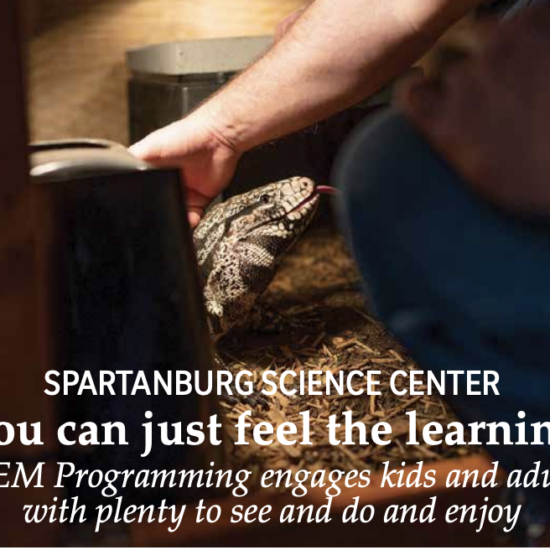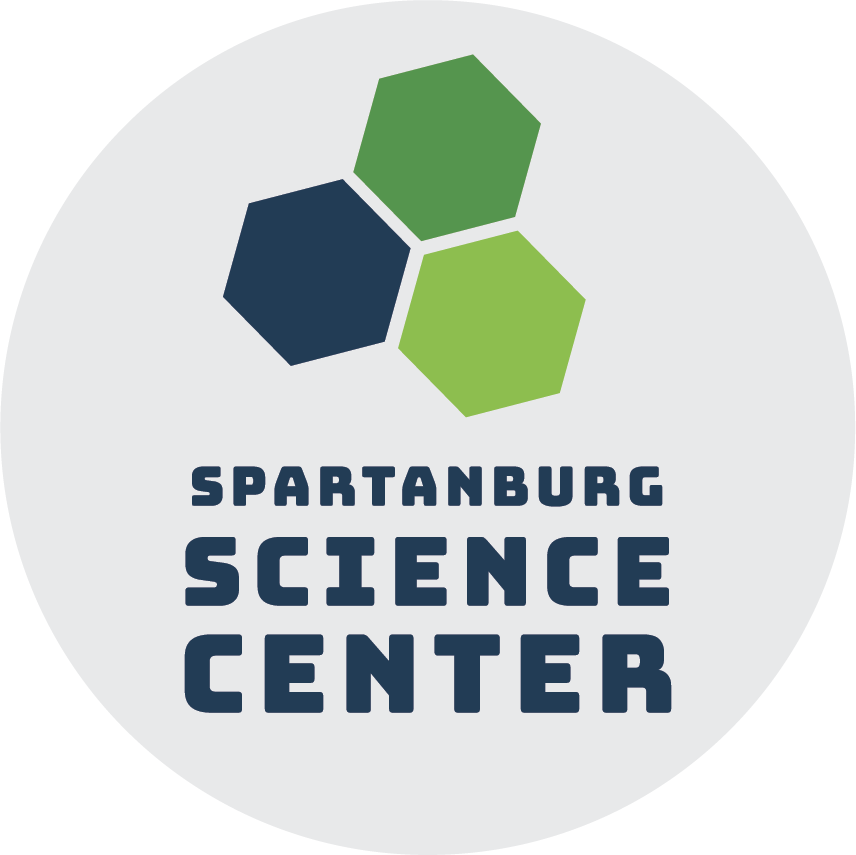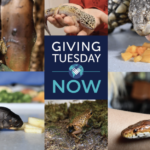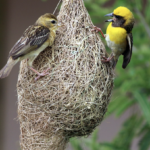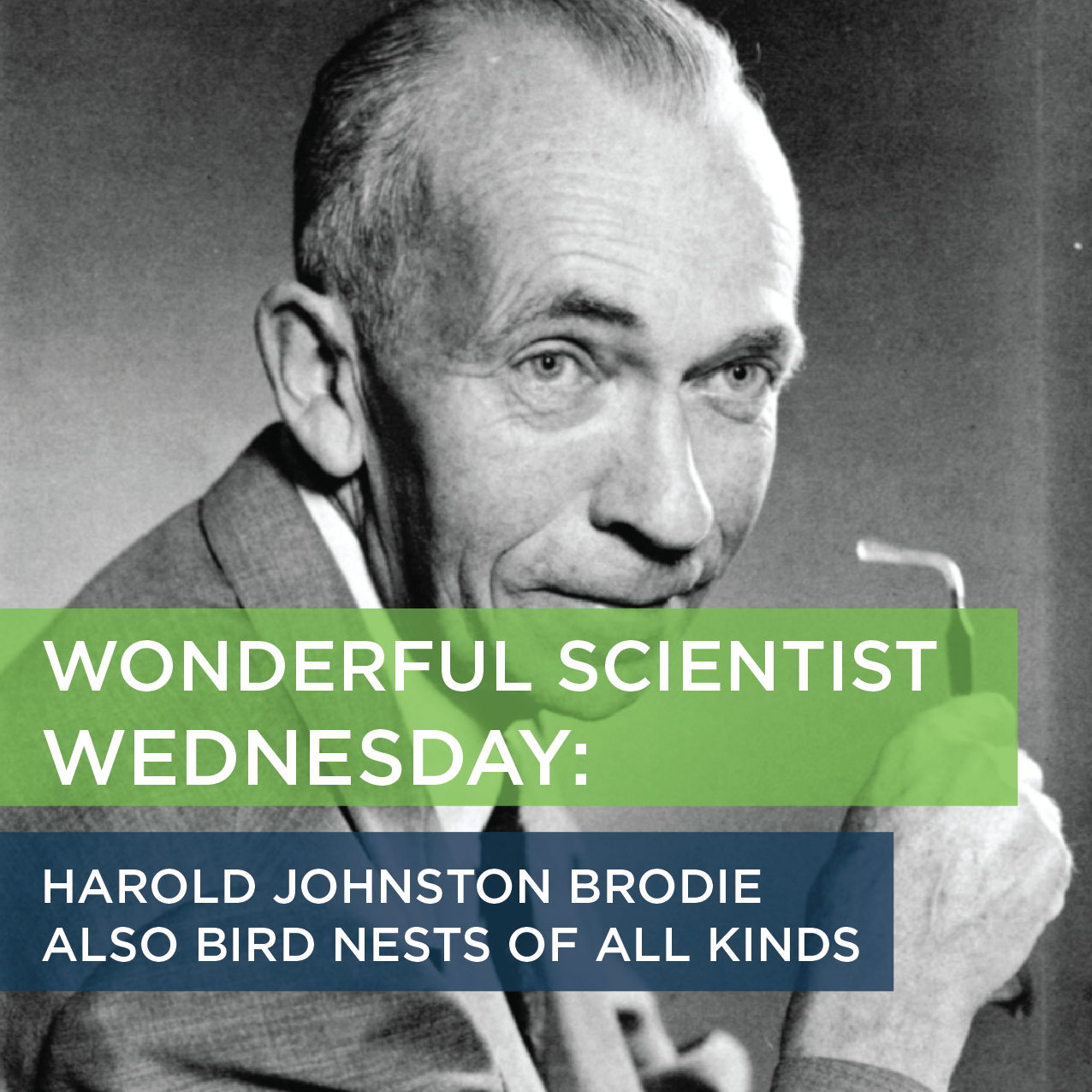
Learn about scientist Harold Johnston Brodie and Make a Bird Nest Buffet.
MAKE A BACKYARD BIRD NEST BUFFET!
Collect these materials below for your local bird’s nest engineering projects.
- Hay, pine needles, or bits of dried grass
Birds can find these materials on their own, but see if you can curate an extra special pile for them! They will use these materials to tie together the twigs they use in their nests.
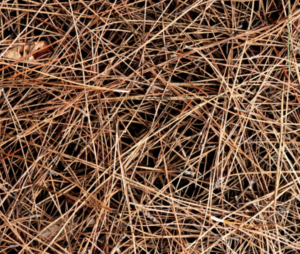
- Hair!
Gather up your dog hair, and clean out your hairbrushes! The baby birds will love a bit of extra warm fluff in the nest.
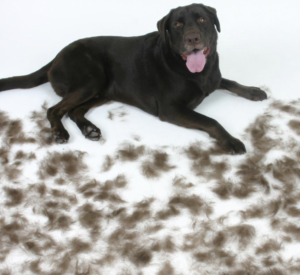
- Spiderwebs.
Look around your house and garage. Are there any cobwebs? Clean them out by using a stick from the backyard and add your stick to the buffet! Spiderweb is a very strong material that birds can use like glue! Hummingbirds are known for including spiderweb in their nests.
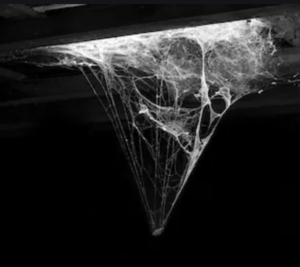
- A snack for the birds!
Nest building can take a lot of energy. With an adult’s permission, spread some peanut butter on a pinecone or bundle of sticks and hang it from a nearby tree. Your birds will love you for the extra snack!
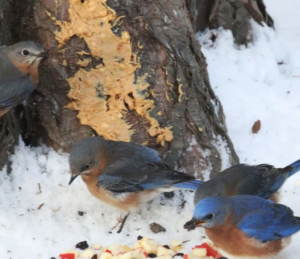
- Would you like to learn more about bird nests?
Read more from the New York Times!
A LITTLE HISTORY LESSON
Harold Johnston Brodie
Harold Johnston Brodie was born on December 3, 1907, in Winnipeg, Manitoba, Canada. As a young scientist, he wanted to study entomology — or bugs. In particular, he enjoyed looking for moths and walking in nature. However, after studying insects for the first part of his career, Harold’s fascination with mycology took over.
Mycology, or the study of fungi, was originally grouped under botany: people thought mushrooms were plants!
That said, as researchers like Harold studied the unique properties of various mushrooms and they realized properties that were quite unlike plants. In particular, Harold wrote about the bird’s nest fungus, Nidulariaceae. Scientists wondered if the strange shape of the fruiting body (or mushroom, above) meant that the seeds of the fungus were inside the egg-like globes. Instead, they learned that fungi release super tiny particles called spores instead of seeds. Harold was one of the first people to write about “splash-cup dispersal” in the bird’s nest fungus. He realized that when rain hit the nest of the mushroom, the egg-like globes sprang out of the nest and out into the forest!
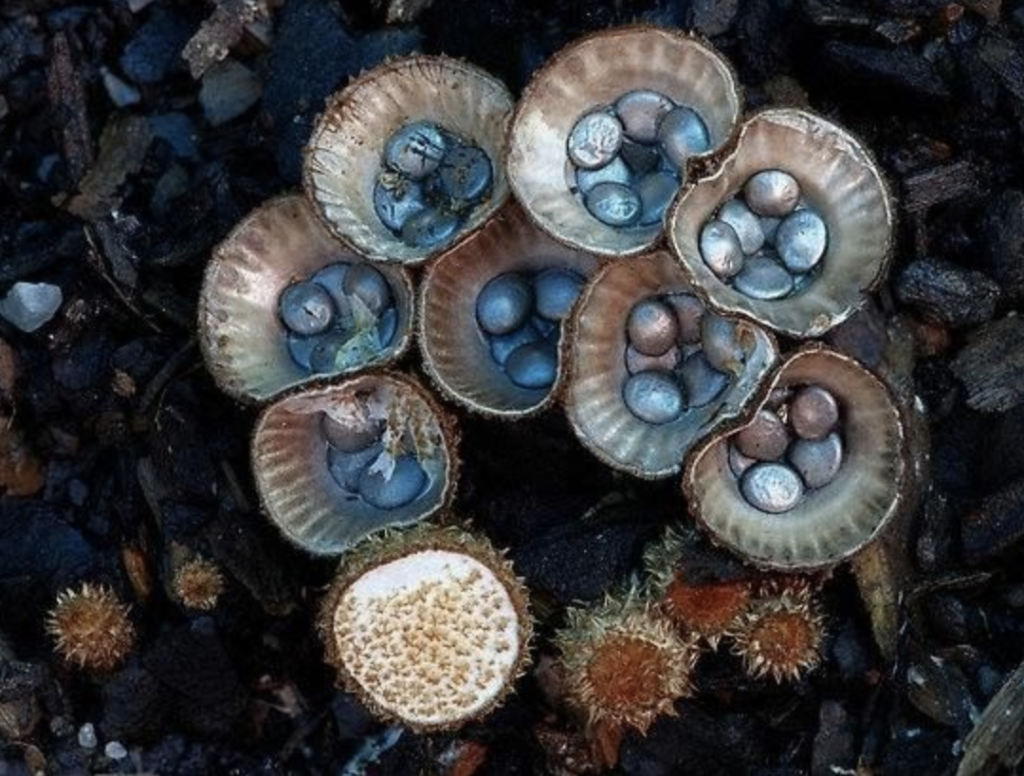
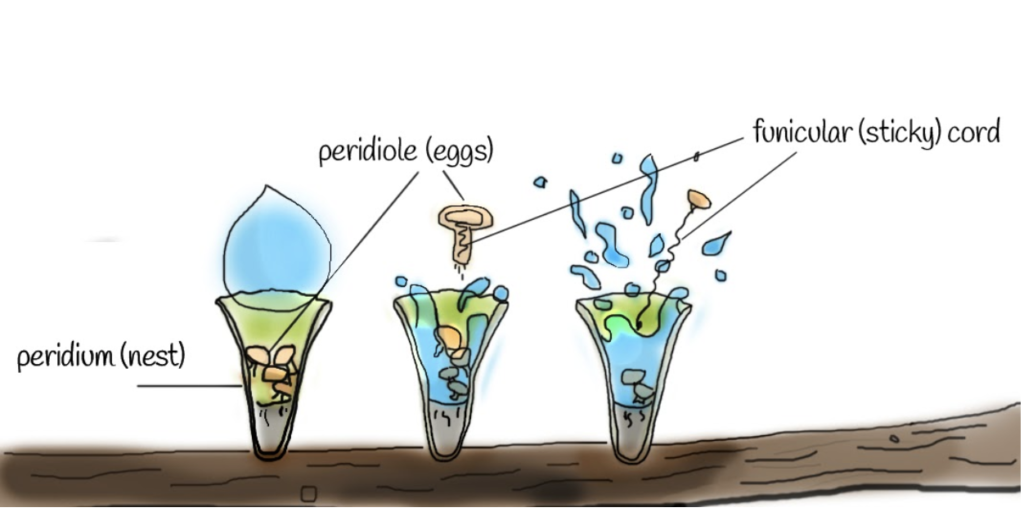
As a naturalist, Harold enjoyed exploring the woods — and he likely watched birds as they migrated in and out of his town. In the springtime, he would have marveled at their nest building, and he might have even sketched their projects while brainstorming about the bird’s nest fungus.
To celebrate Dr. Harold J. Brodie, let’s think about bird nests. Not the fungus — now the bird-made architectural feats! Birds are amazing engineers, just consider the wide array of materials they use to build their nests. From barn swallows, which use mud, to weaver birds with their aptly named woven grass nests— these creatures are amazing!
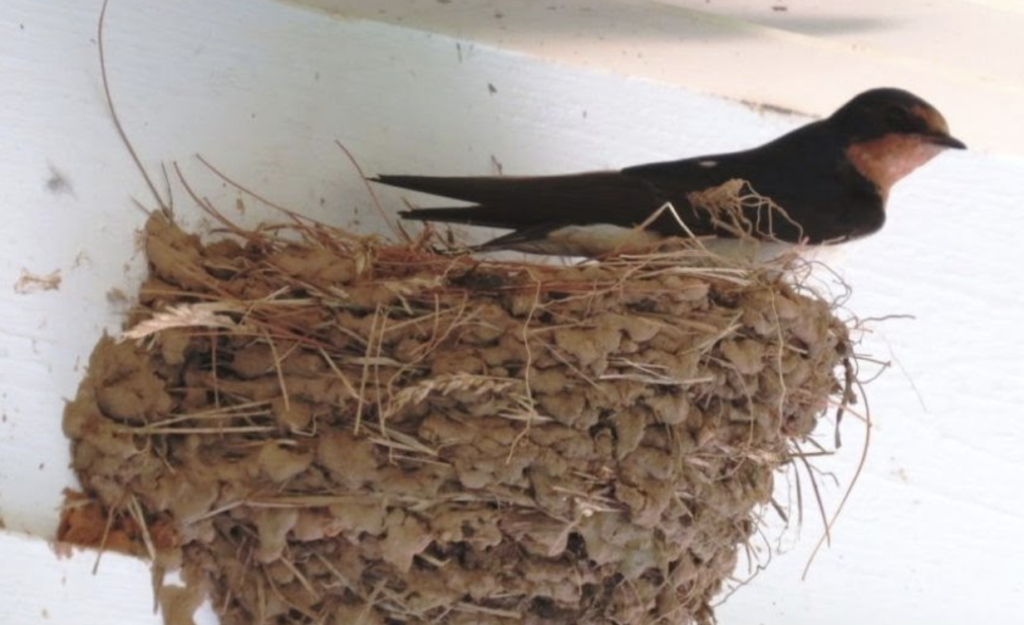
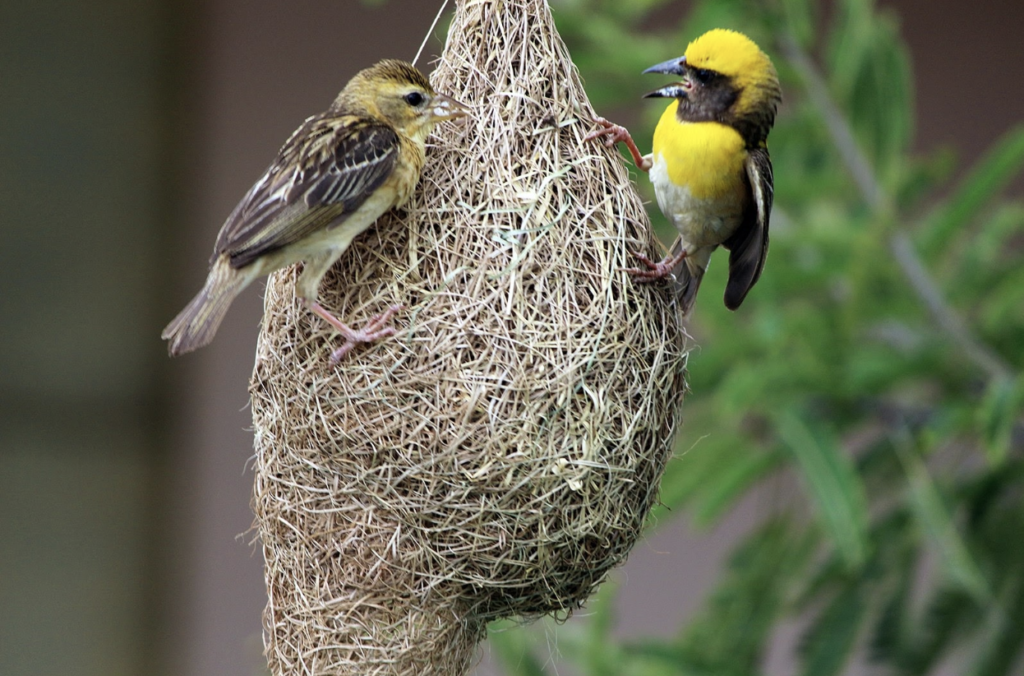
Subscribe to stay in the loop with all our exciting activities!
